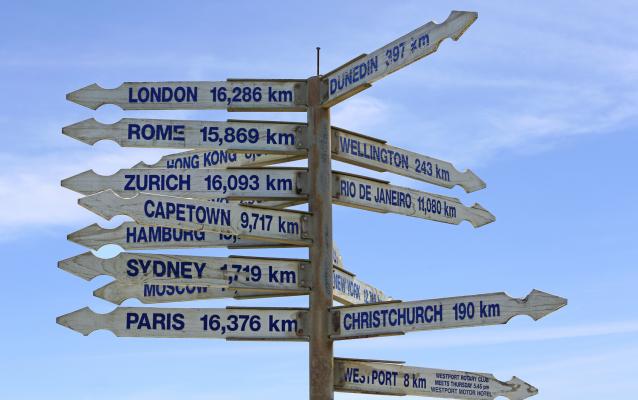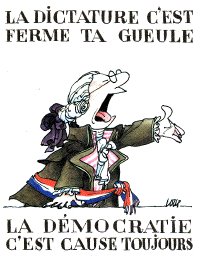The Day of the Citizens of the World
Rene Wadlow*
The passage at midnight between 20 March and 21 March marks the central moment of the Day of the Citizens of the World. It is the start of the Spring Solstice and is celebrated in countries influenced by Persian culture such as Iran, Afghanistan and the Central Asian Republics as Navruz (Nawroz), the start of the New Year. It is a period of renewal, of new beginnings, and a time of recognition that we are all citizens of the world bound together in a common destiny.
The Spring Solstice as the Day of the Citizens of the World marks a profound regard for cycles. Every cycle has a beginning, a middle, and an end; and nearly every cycle is followed by another. It was this sensitivity to cycles of change that served as the basis for the Chinese philosophy embodied in the I Ching – the Book of Changes. In the Richard Wilhelm translation, the text for the hexagram Fu advises “This is the moment, but it is not brought about by force…the moment is natural, arising spontaneously. For this reason, the transformation of the old becomes easy…Therefore, it is not necessary to hasten anything artificially. Everything comes of itself at the appointed time. This is the meaning of heaven and earth…The return of health after illness, the return of understanding after an estrangement: everything must be treated tenderly and with care at the beginning, so that it may lead to a flowering.”
The Spring Solstice is an intrinsically meaningful cosmic-terrestrial event and at the same time serves as a powerful symbol for the deepest processes of transformation in the individual and collective human psyche. Wisdom consists in knowing one’s place in any given cycle and what kind of action (or restraint from action) is appropriate for that phase. What is constructive at one time may be destructive at another.
Thus, the passage from an international system based on States to a world society based on the vision of world citizenship is a transition which flows naturally, without violence and without a destruction of the old. World Citizenship is based on a broad awareness of the ways the planet Earth is inter-related — what happens in one part of the world or to one group of people has an impact on all others.
The Spring Solstice — Day of the Citizens of the World — is placed under the sign of Hermes Trismegistus (the thrice-great Hermes) who is said to have lived in Egypt at the time of Moses. As a priest and an older man, Hermes would naturally have taught Moses about the Light in which we live, move and have our being. Hermes was also thought to have been the teacher of Orpheus, who passed on the teaching concerning the order of the world to Pythagoras and Plato. Thus, there is, in the tradition of the Alchemists, the symbol of Aurea Catena — the Golden Chain — an unbroken series of wise persons — women and men— from Hermes Trimegistus to the present, a chain which also symbolizes the links between heaven and earth.
This Aurea Catena chain is depicted in a 1488 mosaic of the Sienna Cathedral, Italy, where we see two figures, one from the East and one from the West coming to receive instruction from Hermes. Knowledge and Wisdom flowing toward both the East and the West is a key symbol of world citizenship. Thus the Day of the Citizens of the World is placed under the sign of the thrice-great Hermes.
The current financial-economic crisis has brought the realization to many that we are all associated in one world. The decisions of a few can have an impact on the many. If this is true for the negative impact of financial decisions, it is also true for positive actions. Thus the Day of the Citizens of the World can be a day for greater awareness of the need for cooperation and mutual action. The Day calls for individual commitment and responsibility.
*Rene Wadlow, Representative to the UN, Geneva, Association of World Citizens











Aucun commentaire:
Enregistrer un commentaire